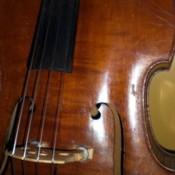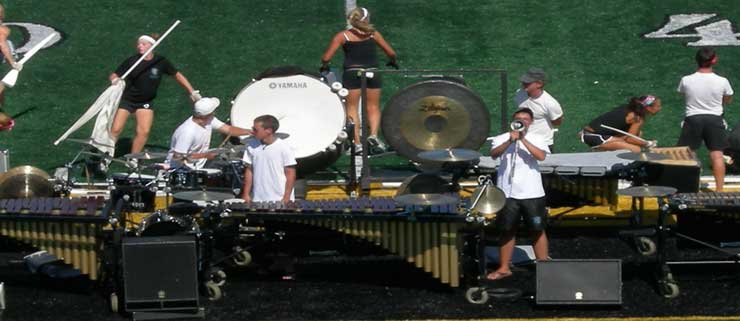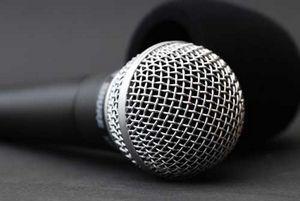 There are few things that can help the tone of an acoustic bass more than a good set up. The adjustments necessary can be learned quickly and executed easily to improve the tone and playability of your bass.
There are few things that can help the tone of an acoustic bass more than a good set up. The adjustments necessary can be learned quickly and executed easily to improve the tone and playability of your bass.
Acoustic Setup
Here is a diagram of the parts of the bass. Here's how to get the best sound out of you acoustic bass:
-
Bridge Placement: The first step in the acoustic setup process is to make sure the bridge is in the right position on the bass. Most acoustic basses come equipped with an adjustable bridge. The first step in using one is to loosen the strings on the bass (about 8-10 full turns). With the strings loosened, the tension is now low enough to move the bridge. The feet should generally be positioned between the notches of the F holes it may be easier to see and adjust when the bass is laying on its back on carpet or bed or other soft surface. Also, make sure that the bridge is standing straight up and not leaning toward the fingerboard or tailpiece.
-
String Height: Most acoustic basses come equipped with an adjustable bridge. The first step in using one is to loosen the strings on the bass (about 8 turns). Once the strings are loosened, you can turn the adjusters to the desired height. This varies from player to player, a typical setup is as follows G= 5mm D= 6mm A= 7mm E= 8mm
-
Tailpiece Adjustment: This adjustment is a little less cut and dry as far as exact positioning. The basics are that the cables between the tailpiece and the end-pin should be evenly spaced side to side on the saddle, though small adjustments to one side or the other can have a big impact on the sound so playing around with the positioning is good in this instance.
-
Sound Post Adjustment: Adjusting the sound post requires specialized tools and is as much of an art as it is a science. This is an adjustment that should be made generally once or twice a year, and should be done by a professional luthier. It is possible to learn the skills necessary, and the tools are not too expensive, but it is best to learn from someone that knows the ropes so get to know your luthier and ask if they can give you a lesson in sound post adjustment.
Once these adjustments are completed, the basses tone can improve immensely. The bass needs to be adjusted maybe 3 or 4 times a year, but use your discretion. If the strings feel high and the tone seems more muffled than normal, maybe its time for an adjustment. It only takes 10 to 15 min and can make the bass more fun and easier to play.







 Scroll down to view the comparison chart of over a dozen different portable digital audio recorders.
Scroll down to view the comparison chart of over a dozen different portable digital audio recorders.